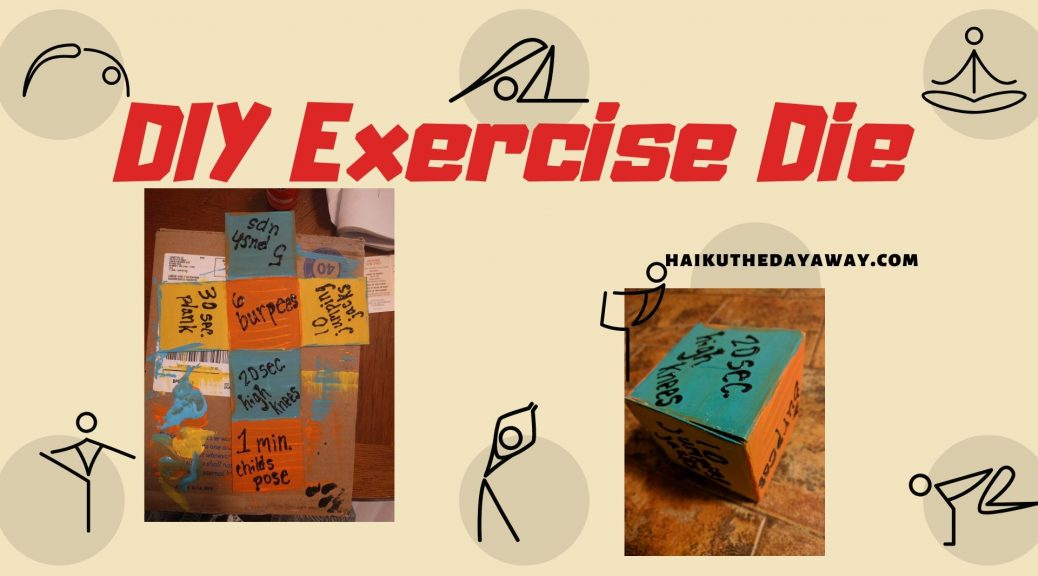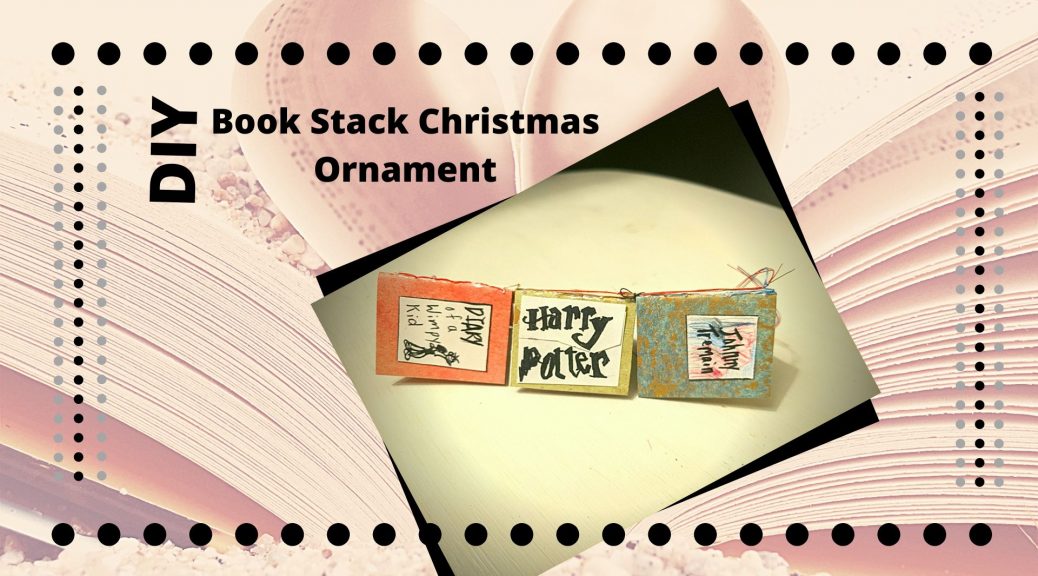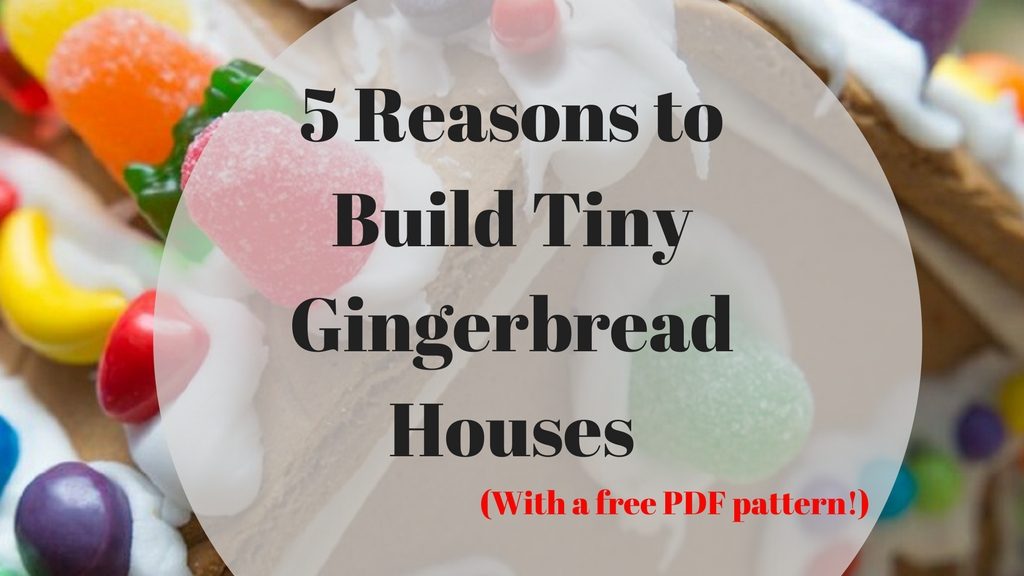DIY Exercise Die
I made this exercise die for two reasons: 1.) I want to exercise more, but often I forget because I have four small children and am terrible at routines, so the time I have for exercise usually just passes. 2.) My kids love to move and I thought it would be great for homeschool breaks. I actually made this about a year ago, and it has held up pretty well. I had to reattach one side, and my kids have…



